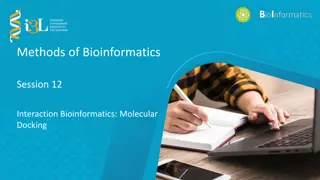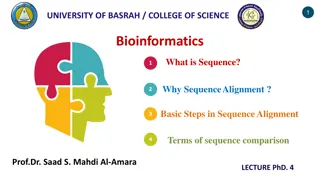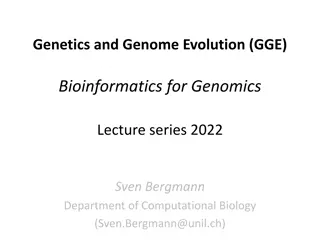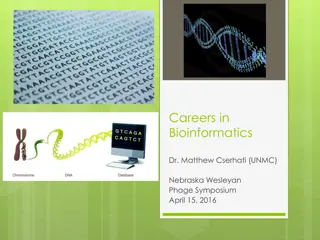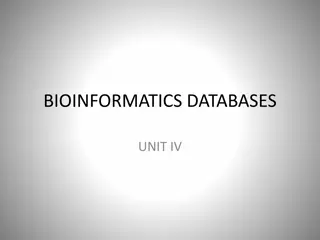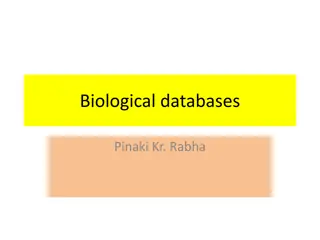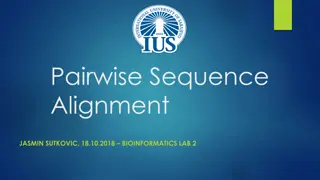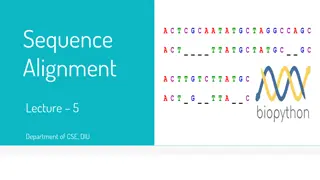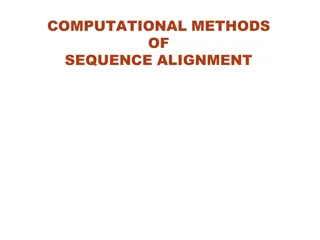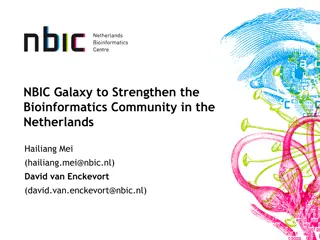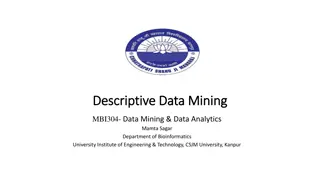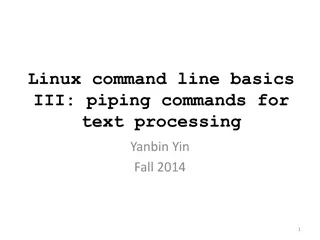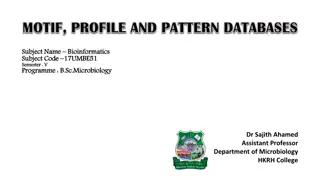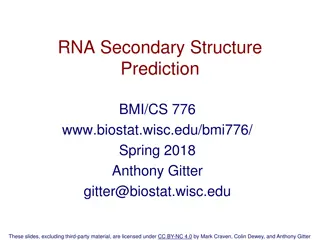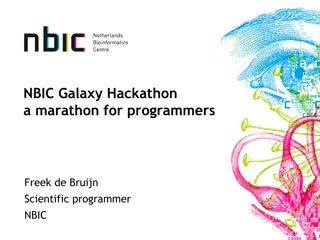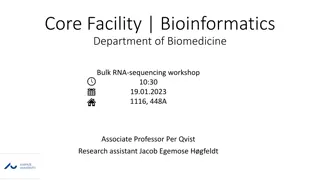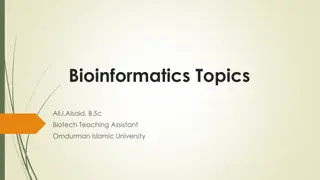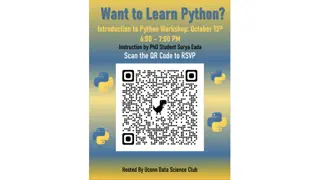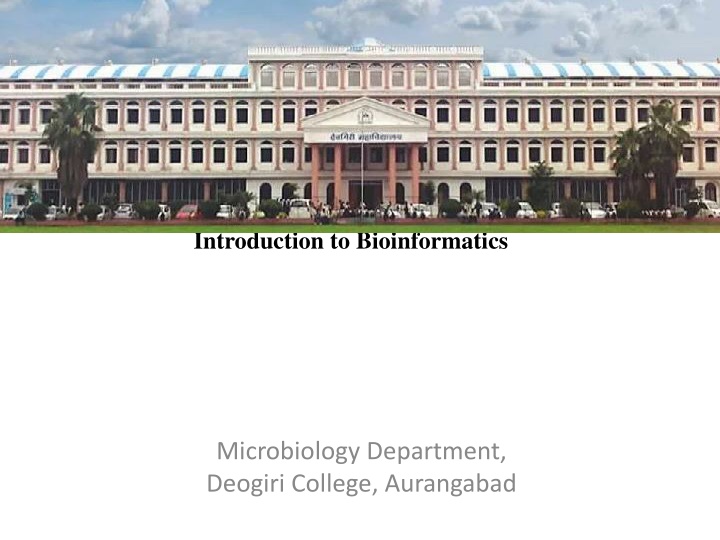
Fundamentals of Microbiology & Bioinformatics at Deogiri College, Aurangabad
Explore the B.Sc. First Year Semester I Paper I covering Introduction to Bioinformatics at the Microbiology Department, Deogiri College, Aurangabad. Topics include the history, scope, applications, and tools of bioinformatics, sequence analysis, protein structure prediction, and references for further study.
Download Presentation

Please find below an Image/Link to download the presentation.
The content on the website is provided AS IS for your information and personal use only. It may not be sold, licensed, or shared on other websites without obtaining consent from the author. If you encounter any issues during the download, it is possible that the publisher has removed the file from their server.
You are allowed to download the files provided on this website for personal or commercial use, subject to the condition that they are used lawfully. All files are the property of their respective owners.
The content on the website is provided AS IS for your information and personal use only. It may not be sold, licensed, or shared on other websites without obtaining consent from the author.
E N D
Presentation Transcript
B. Sc. First Year Semester I Paper I Fundamentals of Microbiology Introduction to Bioinformatics Microbiology Department, Deogiri College, Aurangabad
Introduction to Bioinformatics Paper No:-XVIII
Unit I Introduction to Bioinformatics, History of Bioinformatics Scope and applications of Bioinformatics. Data generation-Generation of large scale molecular biology data. (Through Genome sequencing, Protein sequencing, Gel electrophoresis, NMR Spectroscopy, X-Ray Diffraction, and microarray).
Unit II Nature of biological data Overview of Bioinformatics resources on the web-NO31/EBI/SIB etc Introduction to biological databases, Nucleic acid sequence database GENBANK/EMBL/DDBJ Protein sequence database- PIR, UniprotKB Structural database PDB and other derived databases Biological information search engine-Concept and Applications.
Unit III Overview of sequence analysis Concept of pairwise sequence alignment, Local and Global sequence alignment method Matrices-PAM & BLOSUM Significance of pairwise alignment Sequence similarity search tools- BLAST, FASTA.
Unit IV Multiple sequence alignment, Its types and significance GLUSTAL-W, Phylogenetic analysis-Phylogenetic data substitution models, Building methods, tree Evaluation Method-Bootstrap, MEGA, PI IYLI P.
Unit V Protein structure, Secondary structure prediction-Chou- Fasman, GOR method with algorithm 3D structure prediction Molecular modelling Methods-Homology, Threading (fold recognition) and Ab initio.
References 1. Bioinformatics: A Practical Guide to the Analysis of Genes and Proteins -By: Andreas D. Baxcvanis (Ed), B. T. Francis Ouellette (Ed) Publisher: Wiley, John & Sons, Incorporated ISBN: 0471478784 2. Introduction to Bioinformatics- By: Arthur M. Lesk Publisher: Oxford University Press, ISBN: 0199251967 3. Introduction to Bioinformatics, (Atwood. T. K. and Parry-Smith, D. J). 4. David W Mount Bioinformatics - sequence and genome analysis 2nd edition 5. Bioinformatics and functional genomics by Pevzner J, 2nd edition, Wiley

